Landforms and the 6 major classifications
Earth is covered about 70 percent water and 30 percent body land. The land in other places are high, others are low, some areas in lush green and others are barren and dry. These physical features of the earth are called landforms.
A landform is any natural formation of rock and dirt, found on Earth. It is caused by natural processes like weather conditions, rain and wind and natural events like earthquakes and eruption of volcanoes which created different shapes of the land.
These kinds of formations are classified into 6 major landforms:
MOUNTAINS, HILLS, VALLEYS, PLATEAUS, PLAINS AND DESERTS.
- is a landform which is made up of rocks and earth that rises 1,000 feet high above its surroundings.
- the highest point of the mountain is called the peak or summit.
- the highest peak mountain is the Mount Everest.
TRIVIA about Mt. Everest:
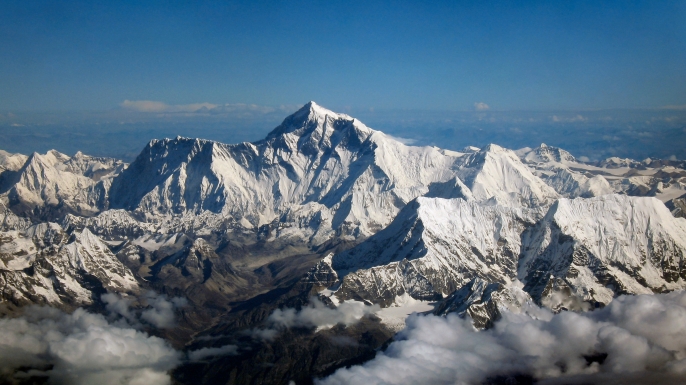
Mount Everest is 8,848 meters high above sea level and was discovered by George Everest in 1841 and it is known to be growing 4mm higher due to geologic uplift every year. Over 4,000 people attempted to climb Everest but only half of it reached the top with more than 260 people have died. One of the climbers' famous deaths is Green Boots. The term green boots originated from the green boots the corpse is wearing and became a landmark on the main Northwest ridge route of Mount Everest. Even though the identity has not been officially confirmed, he is believed to be Tsewang Paljor who died the year 1996.
Curious about the view from the world's highest mountain? Watch this video.

- are lower than mountains but higher than their surrounding areas.
- less steep compared to mountains.
Chocolate Hills
Philippines' one of the tourist attractions is the Chocolate Hills located in Bohol, province of Philippines which consist of small to big mounds of hills that are brown especially during the summer. The hills have no less than 1268 hills with mostly between 30-50 meters high are covered with grass that turns brown during the dry season.- is a long depression of the earth's surface usually between ranges of hills or mountains
- formed by rivers that erode or wear down, soil and rocks that takes thousands or millions of years.
Bac Son Valley in Vietnam
It is also famous because of its beautiful lake.

- known also as high plain or table land
- a relatively flat highland.
The largest and highest plateau in the world is the Tibetan Plateau in China.
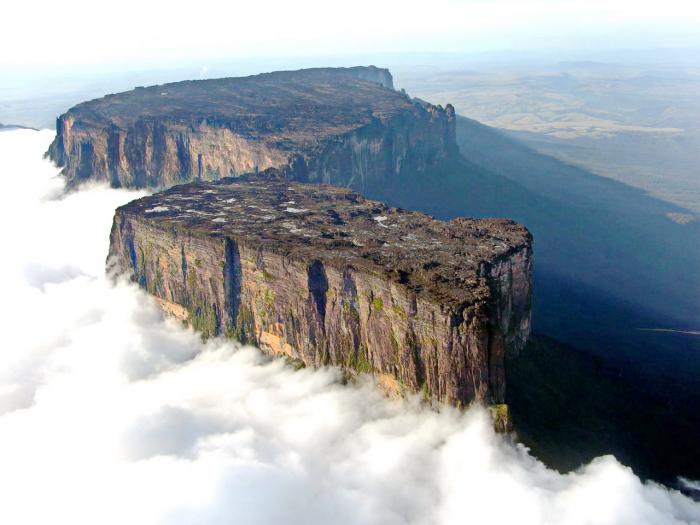
I was trying to look for a perfect plateau as my example and I guess this is the best one. A perfect example, a majestic-flat and remarkable plateau in the Gran Sabana National Park, Venezuela.
- flat, sweeping landmass that generally does not change much in elevation.
- generally lower than the land around them.
There are 3 types of Plains: Prairies which is the main vegetation is grass with few trees if there is any, grasslands which are dominated grass or grass-like vegetations and steppes, flat unforested grassland.

A sample of plains

- barren area of landscape where little precipitation occurs and consequently living conditions are hostile for plant and animal life.
- get less than 25 cm of rainfall a year.
When we say deserts, we often think of dry, hot areas. I thought so too. But do you know we have 4 types of deserts? These are the subtropical, coastal, cold winter and polar deserts.
Subtropical deserts are very hot and dry in the summer and cooler but still dry in the winter. Its soil is usually either sandy or coarse and rocky. The Arabian desert where I am currently working is the best example for this.
Coastal deserts have cool winters and long, warm summers.
Cold winter deserts have long, dry summers and low rainfall in the winter.
Polar deserts are cold year-round.
Thank you for reading.
Information Source
[1][2][3][4][5][6][7][8][9][10]
Image Source
Video Source


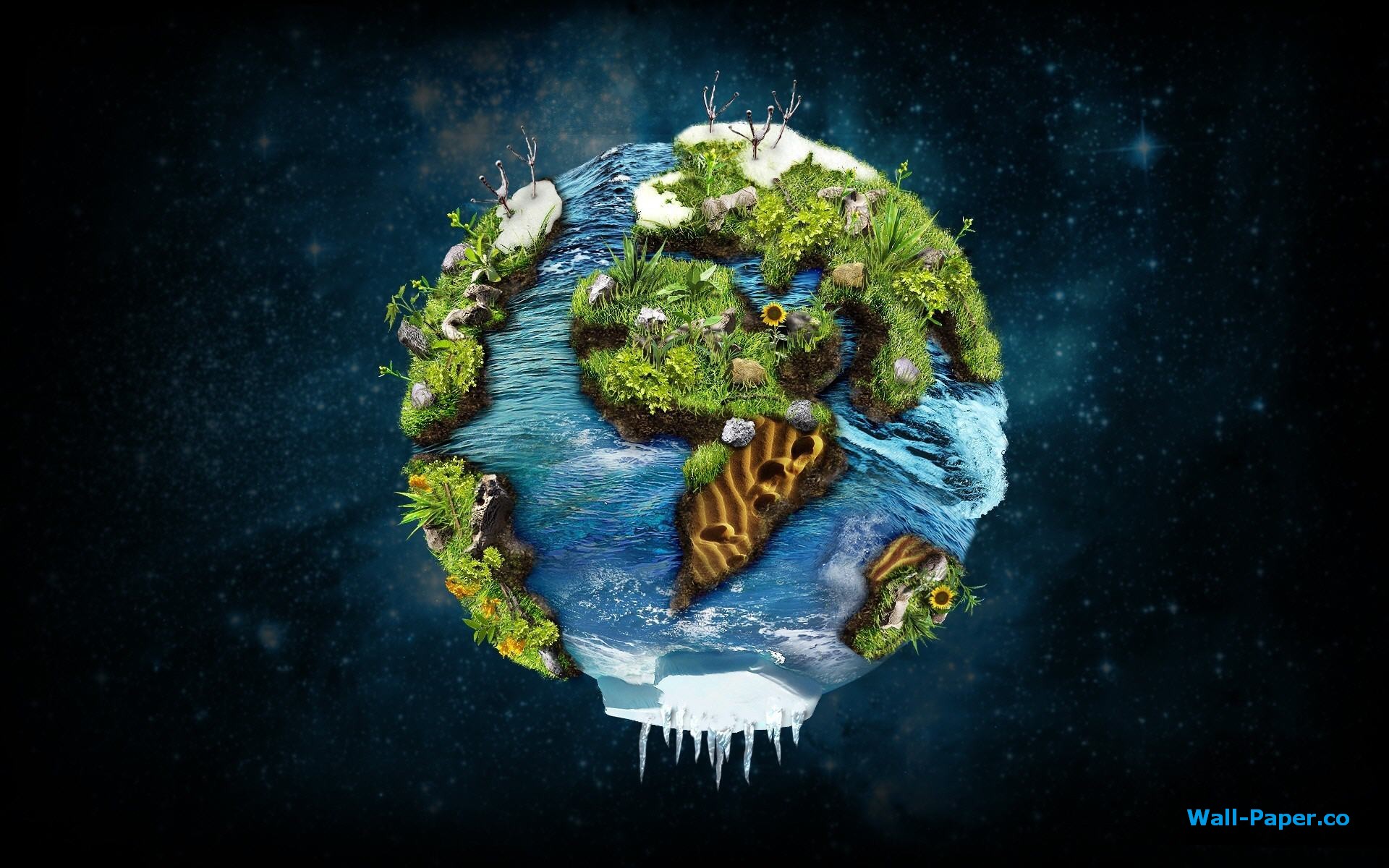

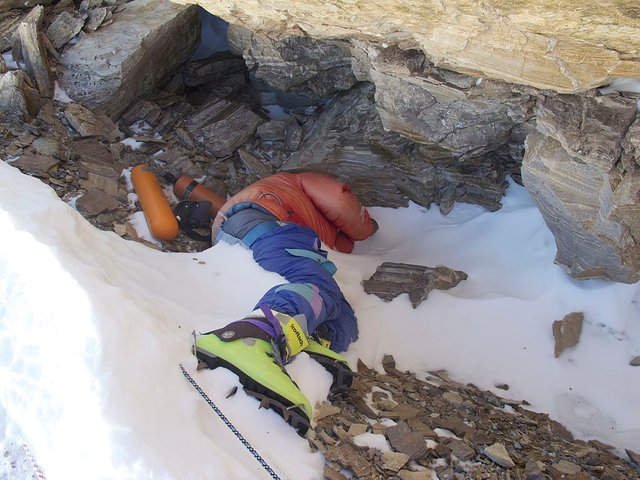
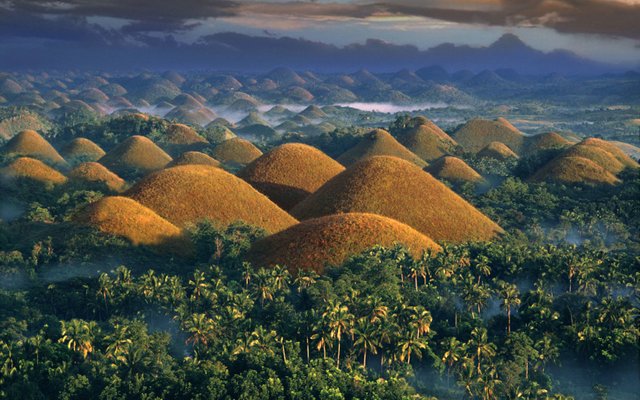

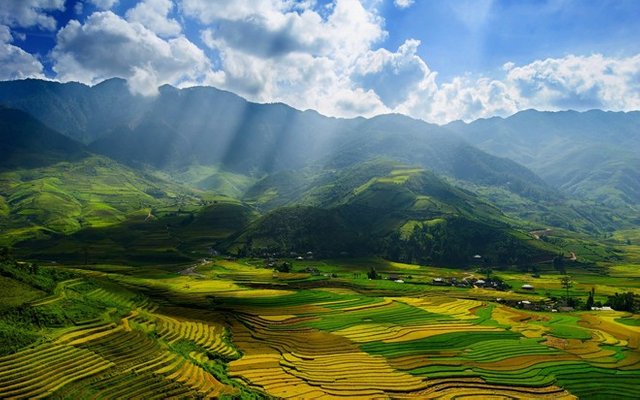
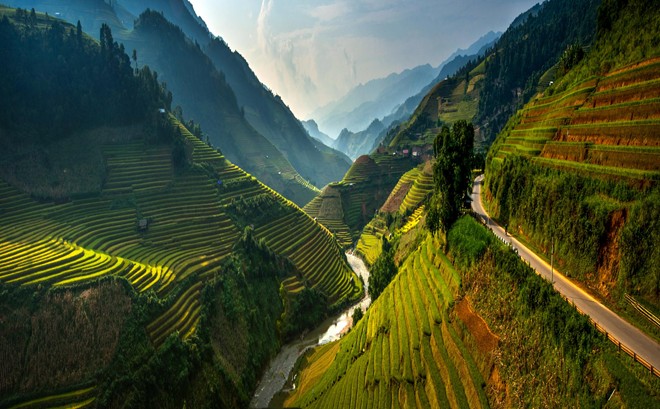

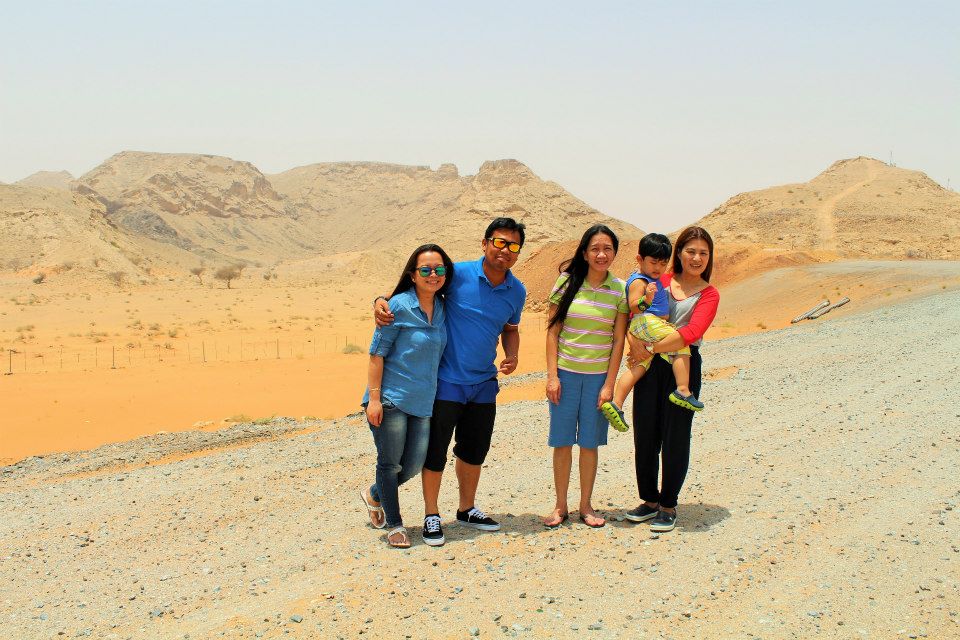
img credz: pixabay.com
Nice, you got a 4.0% @minnowbooster upgoat, thanks to @jovema
Want a boost? Minnowbooster's got your back!
The @OriginalWorks bot has determined this post by @jovema to be original material and upvoted(1.5%) it!
To call @OriginalWorks, simply reply to any post with @originalworks or !originalworks in your message!
Thank you @jovema very informative
You are welcome. Thank you for stopping by too..
Thank you for this infiormative article sis.
U’re welcome sis. Thanks for reading my post too.
I have only been to Bohol the Chocolate hills
Never been there mam. Bisitahin nalang nmin pag meron ng budget. 😁
This post has received a 0.28 % upvote from @drotto thanks to: @banjo.
Reminds us how tiny we are in the world :)
Such an informative post. This reminds me of our science lesson in basic education. Nice